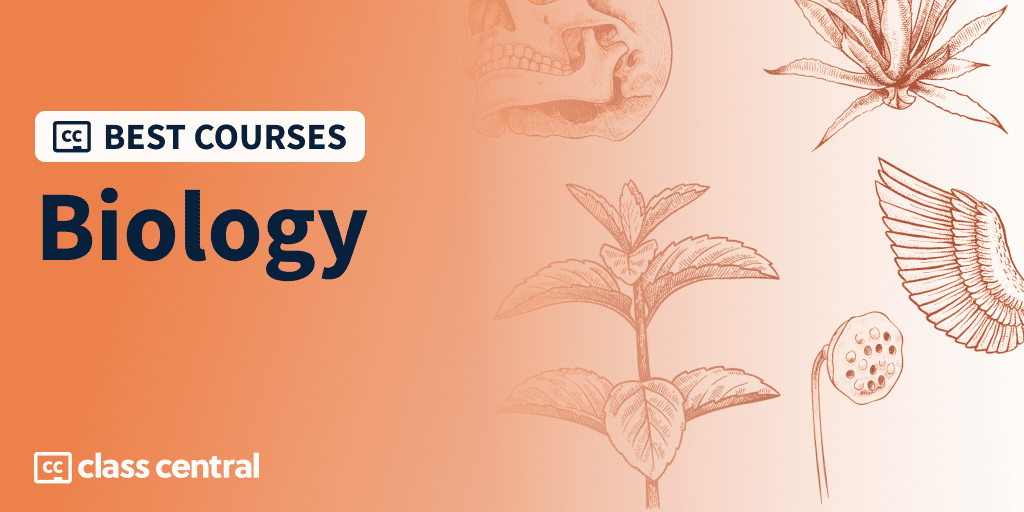INTRODUCTION
The earliest evidence of life on Earth dates back at least 3.5 billion years. Through reproduction and natural selection, life has diversified immensely, adapting to and occupying a vast range of ecological niches. This incredible diversity makes biology a fascinating field of study, presenting both exciting opportunities and significant challenges.
The study of life advances not only due to technological and methodological progress but also through the recognition of patterns, controlled experimentation, and scientific collaboration. Unifying themes provide essential frameworks for interpreting and understanding the living world. The biology curriculum is structured around four key themes: 'form and function,' 'unity and diversity,' 'continuity and change,' and 'interaction and interdependence,' though other conceptual frameworks could also be applied.
GENERAL OBJETIVE
1. Develop a conceptual understanding that allows connections to be established between different areas of the subject and with other Science subjects of the DP.
2. Acquire and apply a set of knowledge, methods, tools and techniques that characterize science.
3. Develop the ability to analyze, evaluate, and synthesize scientific information and claims.
4. Develop the ability to approach unknown situations with creativity and resilience.
5. Design and create models of solutions to local and global problems in a scientific context
6. Learning to appreciate the possibilities and limitations of science.
7. Develop skills related to technologies in a scientific context.
8. Develop the ability to communicate and collaborate effectively.
9. To become aware of the ethical, environmental, economic, cultural and social impact of science.
III. COMPETENCIES/SKILLS TO BE DEVELOPED
Demonstrate independent thinking, initiative, and insight
Consult a variety of sources
Select sufficient sources of information that are relevant
Formulate research questions and hypotheses Indicate and explain predictions using scientific understanding
METODOLOGY
Master class
Flipped classroom
Workshops
Laboratory practices
IB exam problems internal test
CONTENIDOS Y CONCEPTOS
Topic 1: Unity and Diversity |
1.1 Water 1.2 Nucleic Acids 1.3 Cell Structure 1.4 Diversity of Organisms 1.5 Evolution and Speciation 1.6 Conservation of Biodiversity Topic 2: Form and Function 2.1 Carbohydrates and Lipids 2.2 Proteins 2.3 Membranes and Membrane Transport 2.4 Organelles and Compartmentalization 2.5 Cell Specialization 2.6 Gas Exchange 2.7 Transport 2.8 Adaptation and Environment 2.9 Ecological Niches |
ASSESMENT PROCESS
Formative Assesment | Class Participation Inquiry Workshops Expositions Realization of virtual simulators Class work |
Summative Assesment | Type 1 and Type 2 Mocks exercises Quizzes Internal Assessment Criteria Test 1 and 2 Mocks Laboratory Reports |
Assesment criteria | Percentages |
Demonstrate knowledge and understanding of: a. Facts, concepts and terminology b. Methodologies and techniques c. How to communicate scientific information | 20% |
Apply: a. Facts, concepts and terminology b. Methodologies and techniques c. Methods of communicating scientific information | 20% |
Formulate, analyze and evaluate: a. Hypotheses, research problems and predictions b. Methodologies and techniques c. Primary and secondary data d. Scientific explanations | 40% |
Demonstrate the research, experimentation, and personal skills necessary to conduct insightful and ethical research. | 20% |
RECURSOS
Resources | |
Tecnológical |
|
Bibliographic |
|
Physical |
|
Behavioral recommendations for the proper development of the class |
|

- Profesor: Brandon Suarez Jiménez
- Profesor: Katherine Tabares Marin